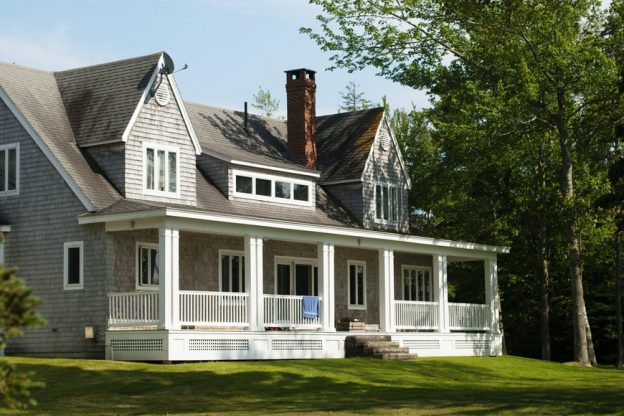Radon could be everywhere, even in the places you think you’re safe from this gas. Unfortunately, some people don’t understand how dangerous this gas is. If you want to learn more about radon, you have to familiarize yourself with what it is and what radon levels are considered average, high, and risky. This way, you can take the necessary steps to mitigate this cancer-causing gas.
Understanding Radon
Radon gas is naturally occurring because it is a byproduct of the radioactive decay of Uranium in the soil. Radon levels vary depending on your geographic location. You’ll never know whether you are inhaling as much as 0.75 pCi/L.
Testing your home for radon is a must to ensure that you are achieving a radon-resistant home. Remember that the national average of outside radon levels is 0.4 pCL. According to the National Academy of Sciences, the outdoor radon levels cause approximately 800 of the 21,000 radon-induced lung cancer deaths.
Is There A Safe Radon Level?
Not everyone knows that radon gas is a carcinogen, meaning it can cause lung cancer. According to the United States Environmental Protection Agency, radon exposure reduces a person’s risk of lung cancer. To avoid this risk, you have to mitigate radon in your home. The lower the radon level is, the lower your family’s risk of lung cancer.
Since radon is invisible, tasteless, and odorless, you have to conduct radon testing in your home. Short-term tests can help you identify the existence of the gas. For level monitoring, you have to consider long-term radon testing. Knowing the radon level can help you assess which radon mitigation techniques should be applied in your home.
Radon Levels
Radon levels can be categorized as low, average, high, and risky. An average person receives a higher radiation dose from the radon levels than their combined exposure to all other radiation sources. In other words, radon is more dangerous than other materials, and mitigating it is the only way to prevent radon’s adverse effects.
The following images are grabbed from EPA, which show how dangerous radon is for smokers and non-smokers:
Smokers
Non-smokers
When it comes to radon levels, zero is the safest. Suppose you have conducted radon testing, and through your monitoring, you’ve found out that your home has zero radon levels. That is good news for you and your family because it means you’re safe from the cancer-causing gas. But if it is not zero, then there’s a potential that it could go up. So before it’s too late, consider radon mitigation.
Radon is a dangerous gas because it is proven to be one of the causes of lung cancer. The World Health Organization recognizes this radioactive material as the second leading cause of lung cancer. Therefore, mitigating it is a must even if there are acceptable radon levels. There is no safe radon level because even small traces of radon can cause short-term adverse effects to people. If you want to reduce your risk of lung cancer, radon mitigation should be prioritized.



